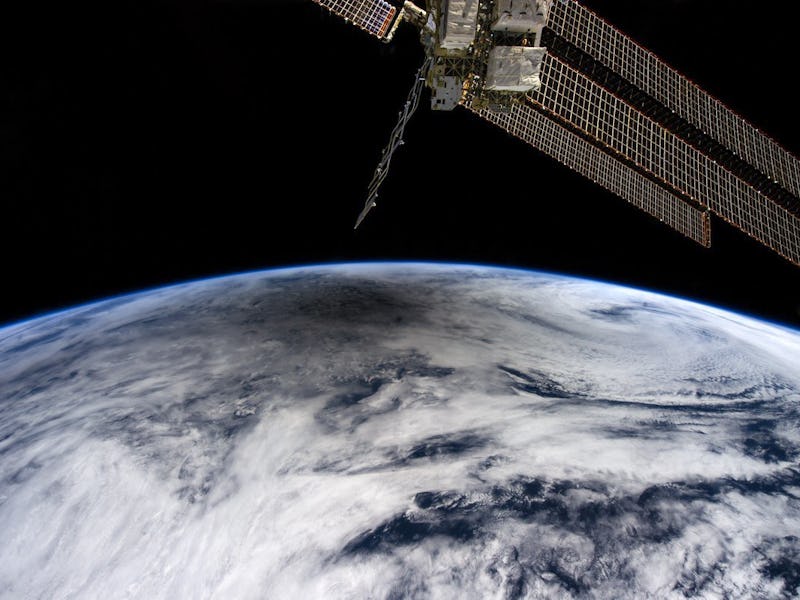While racing around Earth on the International Space Station, NASA astronaut Don Pettit captured stunning footage of the moon’s dark shadow traversing across Earth’s surface. In anticipation of the looming total solar eclipse on August 21, Pettit posted the footage online this week, which he spotted while working in space in May 2012, and you can see it below.
The moon’s shadow is projected onto Earth during the rare times when the moon passes between the Earth and the sun in such an alignment that it temporally blocks sunlight. These events are infrequent because the moon’s orbit is not flat, like a disk. Rather, the moon wobbles around as it flies around Earth. Most times its wobbling orbit brings it too high or low to be in perfect alignment between the Earth and sun.
The eclipse Pettit filmed in 2012 is different than the coming August eclipse, although the view from space will be similar. In May 2012, an annular solar eclipse occurred, meaning that the moon passes in front of the sun, but doesn’t cover all of it. The result is a spectacular “ring of fire” effect around the sun. This occurs when the moon’s orbit brings it too far from Earth to block out the entirety of the sun from our earthly perspective.
An annular solar eclipse.
In contrast, a total solar eclipse occurs when every sense of alignment falls into place. The moon is close enough to Earth and is in direct alignment between the Earth and the sun, allowing the moon to totally obstruct our star.
The total solar eclipse on August 21 is especially rare because the moon’s shadow will be slashing across the entirety of the U.S. in a narrow, 70 mile-wide path. This hasn’t occurred in 99 years. The width of the path is determined by the size of the moon’s shadow, which can be seen in Pettit’s video.
A total solar eclipse completely blocks the sun, whose extreme radiance usually makes the sun's atmosphere, or corona, invisible to our eyes. A total solar eclipse, however, reveals the sun's ghostly corona.
Come August 21, the six astronauts aboard the space station will be privy to another view of the moon’s dark shadow projected onto Earth. But unlike the astronauts hovering some 250 miles above, people on Earth’s surface will have the opportunity to experience an eerie onset of daytime darkness, along with a rare view of the sun’s spectral atmosphere, reaching into space.
